Tokenization specialist Dinari, Inc. is teaming with Chainlink Labs to bring the upcoming S&P Digital Markets 50 Index on-chain, enabling direct access to a benchmark that combines traditional equities and cryptocurrencies. The index, designed by S&P DJI and including 35 publicly listed blockchain-linked companies and 15 digital assets, reflects a convergence of TradFi and crypto — a notable development in the tokenized asset space.
Market Reaction and Tokenization Trends
The announcement has stirred interest across institutional and crypto investment communities. Chainlink’s native token (LINK) is trading at about $14.95, up 1.8% on the day, as the project feeds pricing data for the on-chain index. Dinari plans to mint tokens via its “dShares” product that mirror the underlying index one-to-one, allowing global investors to gain exposure via blockchain rails. The shift is indicative of broader momentum: token-based shares and indexed crypto products are gaining traction as liquidity pools migrate from pure native crypto to hybrid TradFi-crypto structures.
Regulatory & Technical Implications
The linkage between S&P DJI’s benchmark and on-chain tokenization raises questions about governance, data integrity, and regulatory oversight. Chainlink will deliver real-time verified pricing and performance data to the tokenized index, a critical element for transparency and investor confidence. From a regulatory standpoint, the product sits in a hybrid zone: traditional equity benchmarks managed by S&P DJI, and token issuance via Dinari, likely requiring careful compliance with securities rules across jurisdictions. For crypto investors, the move signals maturation of tokenized offerings, yet also underscores heightened scrutiny from regulators wary of convergence between crypto and conventional capital markets.
Investor Sentiment and Strategic Perspectives
For institutional investors and sophisticated crypto allocators, the tokenized index presents a streamlined way to access diversified exposure across both asset classes in one instrument. Analysts suggest this may accelerate adoption of real-world-asset (RWA) frameworks in the crypto space – assets such as equities, bonds and indices brought on-chain for broader investor access. The psychological impact is meaningful: investors who have hesitated to buy individual digital assets may find regulated, tokenized benchmarks more palatable. That said, critics caution that execution risk remains high, and that tokenized products must deliver governance and liquidity comparable with legacy vehicles to gain trust.
Looking ahead, the rollout by Dinari and Chainlink could mark a pivotal step in bridging TradFi and crypto, but several dynamics will be key to watch: how regulators respond to the tokenized index rollout, the actual volume and liquidity of the dShares tokens, and whether underlying constituents — both equities and digital assets — deliver consistent performance. For crypto-focused institutions, the question is whether this hybrid product becomes a mainstream structure for access or remains niche within the RWA ecosystem.

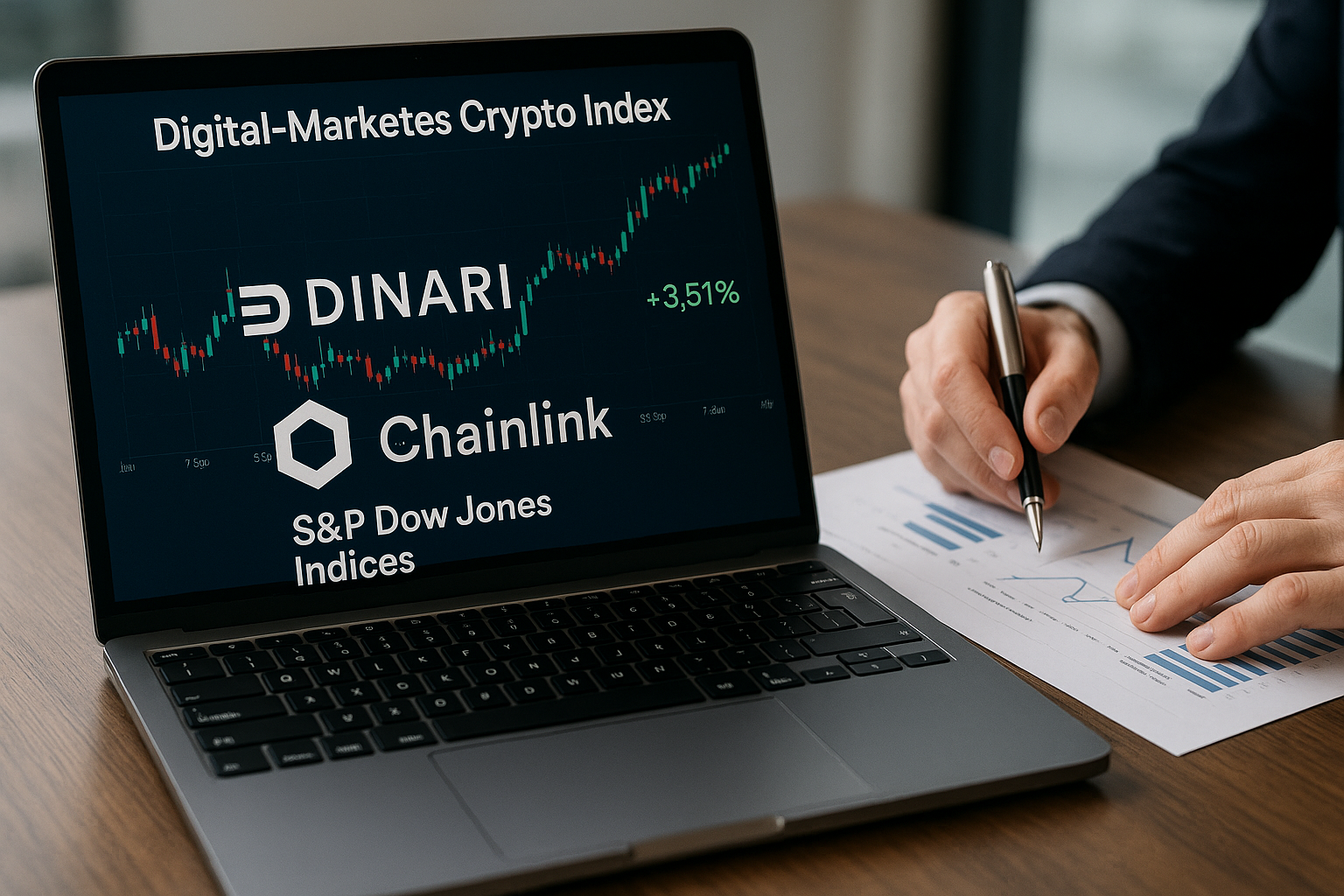
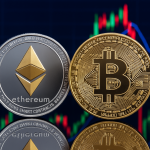

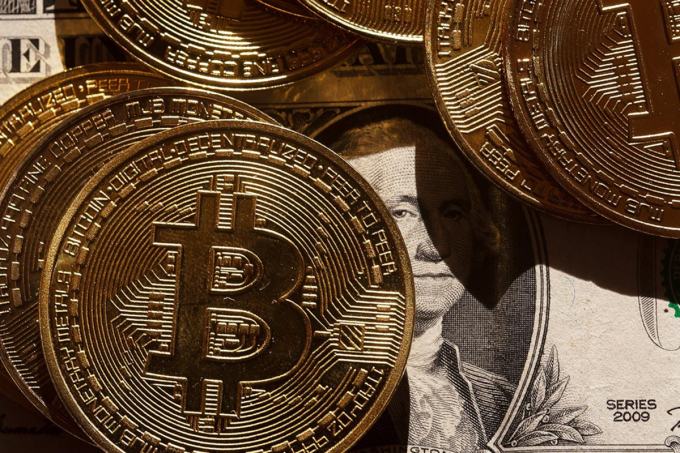
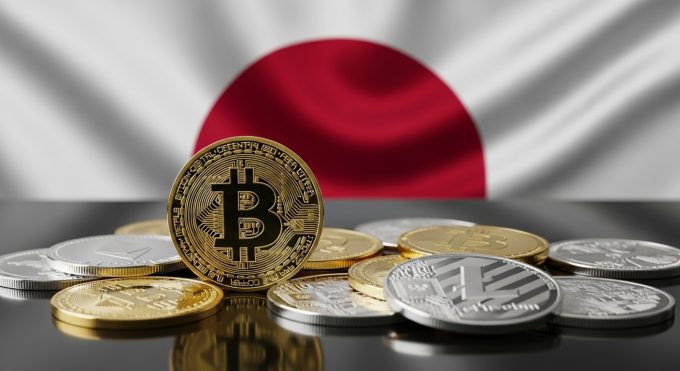

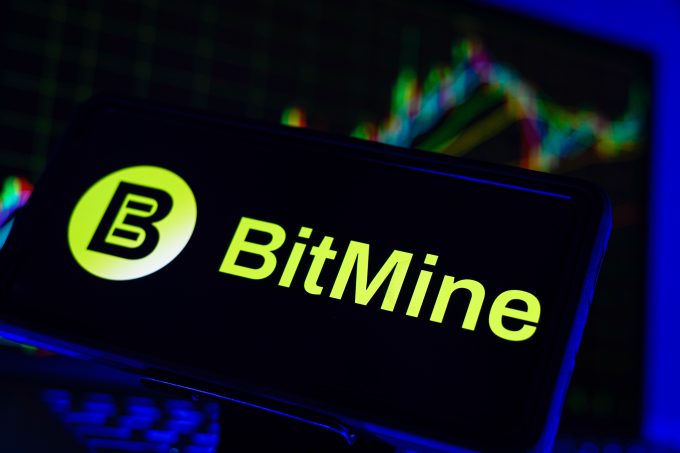
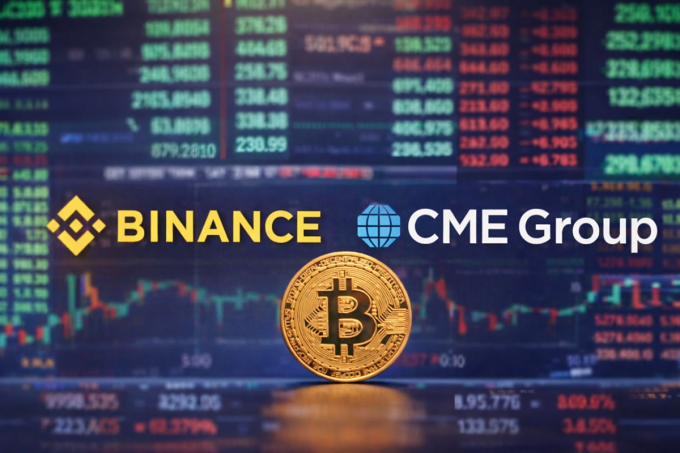
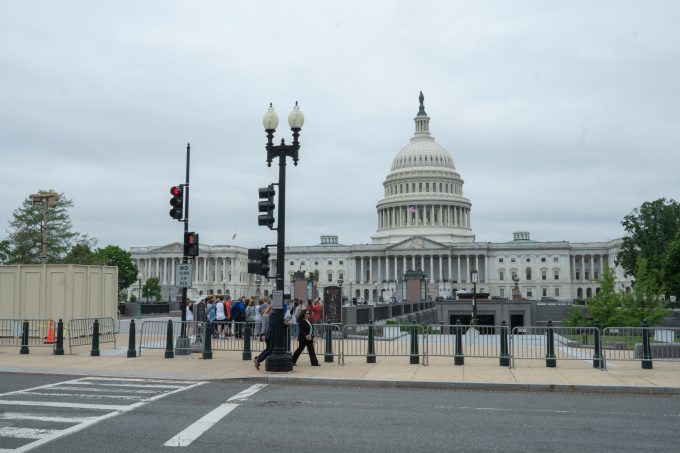

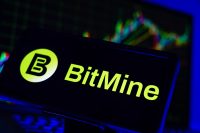

Leave a comment